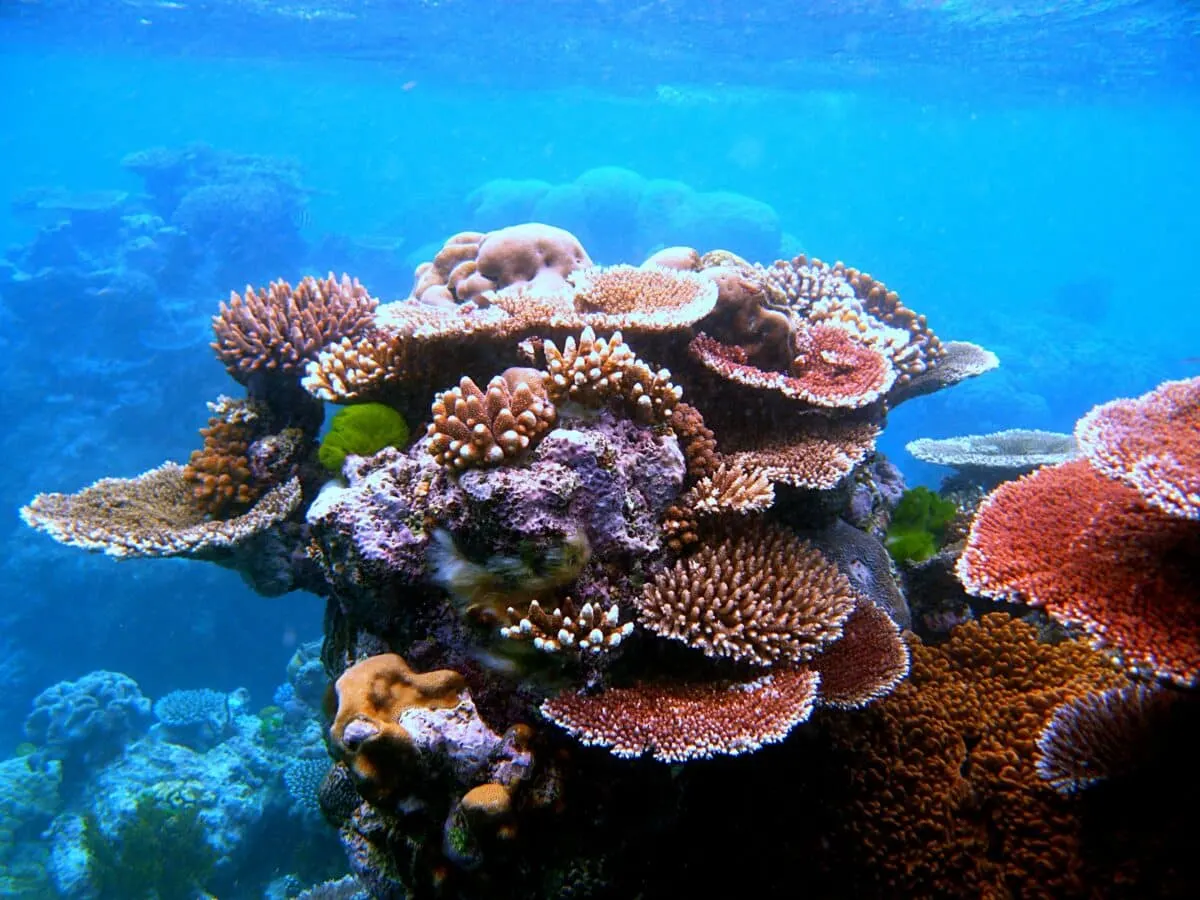Ever wondered where the largest coral reef is? If yes, welcome! You are about to find out.
When we talk about exploring the world, our minds often wander to lush forests, towering mountains, or vast deserts. Yet, there exists another world beneath the surface of our oceans that is equally captivating – the realm of coral reefs. Among these underwater marvels, one stands out as the largest and most awe-inspiring: the Great Barrier Reef. Stretching along the coast of Queensland, Australia, this magnificent reef system is not only the largest coral reef in the world but also one of the most biodiverse ecosystems on the planet.
Did You Know Coral Is an Animal?
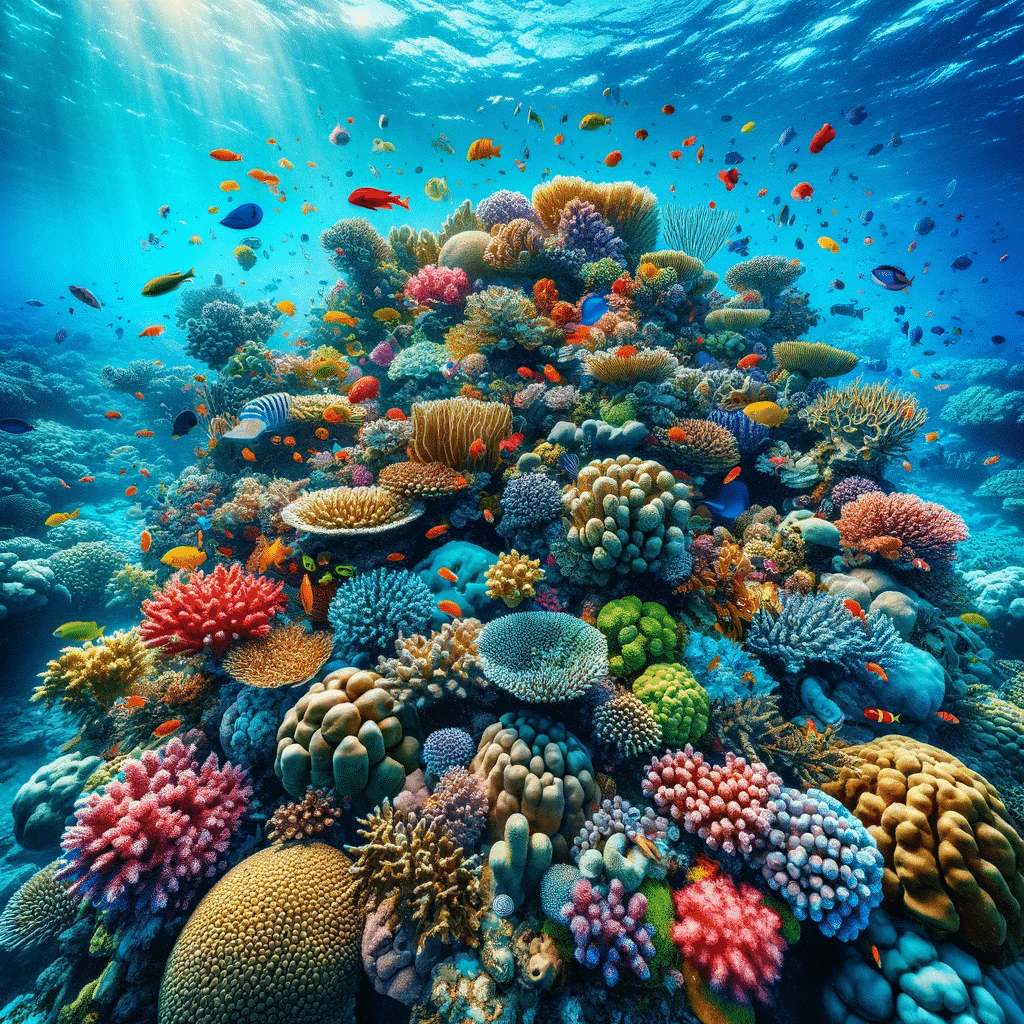
Coral reefs, despite their rocky appearance, are not mineral formations but living organisms. Coral, the building block of reefs, is actually a marine invertebrate belonging to the phylum Cnidaria. These fascinating creatures, known as polyps, form intricate colonies that collectively create the stunning structures we recognize as coral reefs. With their exoskeletons made of calcium carbonate, corals continuously grow and expand, providing habitats for a myriad of marine life.
The Great Barrier Reef: A Natural Wonder
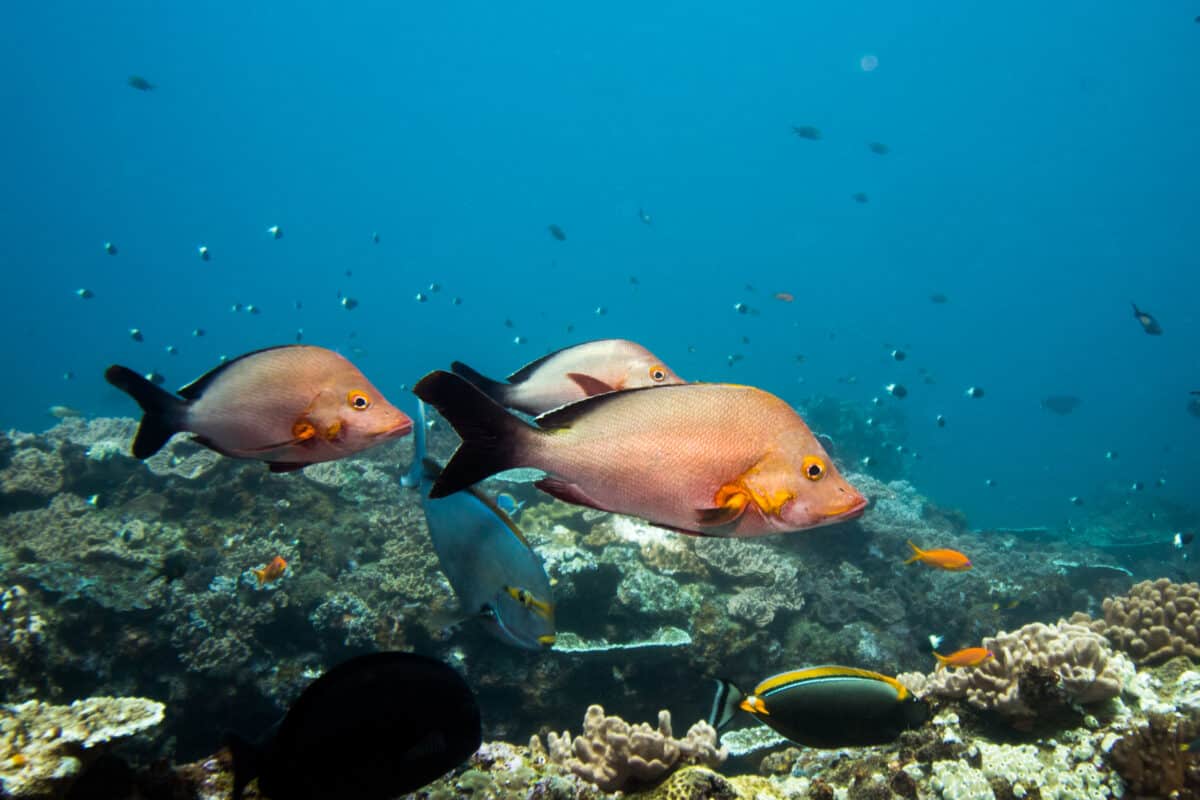
Spanning over 1,400 miles and encompassing an area of approximately 133,000 square miles, the Great Barrier Reef is a testament to the wonders of nature. Comprising over 3,000 individual reefs and boasting more than 400 species of coral, it is not only the largest coral reef but also the largest living structure on Earth. Remarkably, this aquatic masterpiece is visible from space, a testament to its immense scale and beauty.
Its Threats
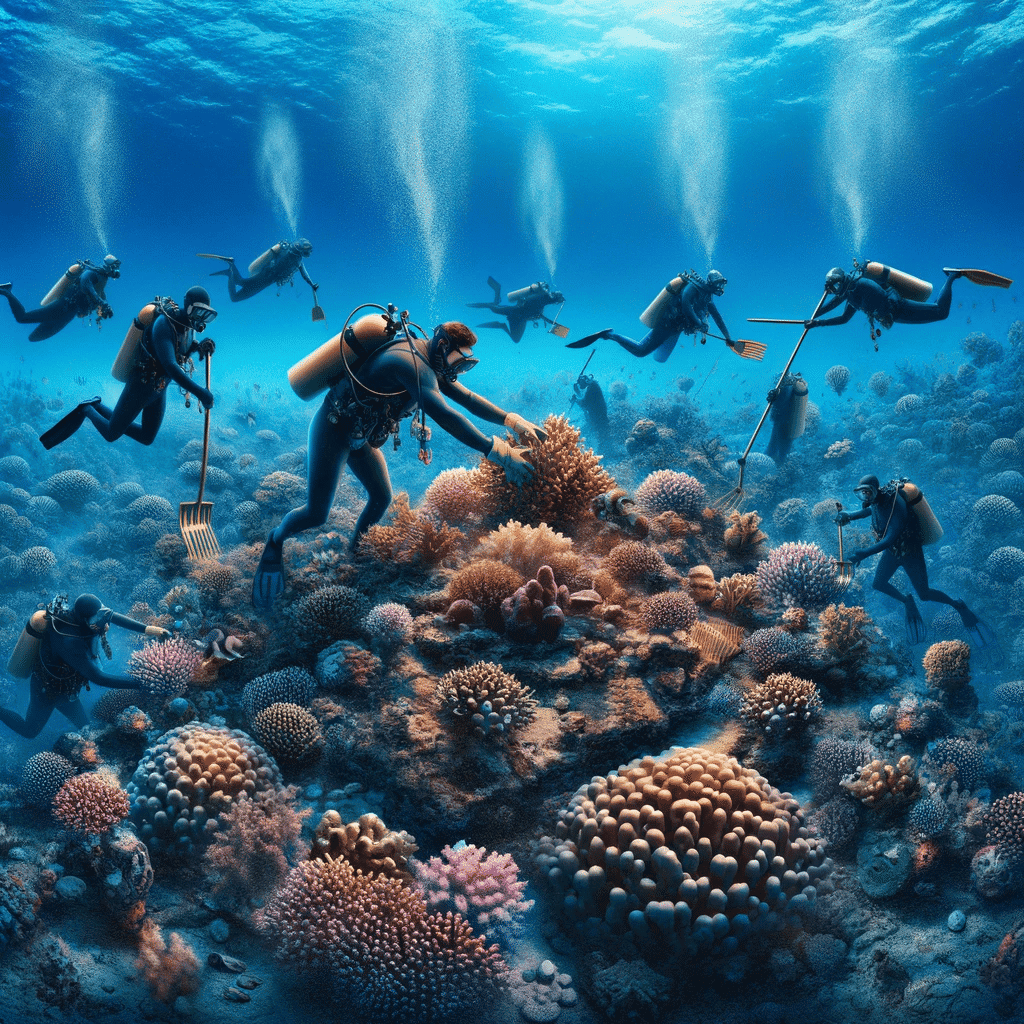
However, despite its grandeur, the Great Barrier Reef faces numerous threats, primarily from climate change and human activities. Rising sea temperatures due to climate change have resulted in coral bleaching, causing widespread damage to the reef’s delicate ecosystems. Additionally, coastal development and pollution further endanger this natural wonder. Nonetheless, conservation efforts are underway to protect and preserve the Great Barrier Reef for future generations to marvel at.
The Magnificent Diversity of Marine Life
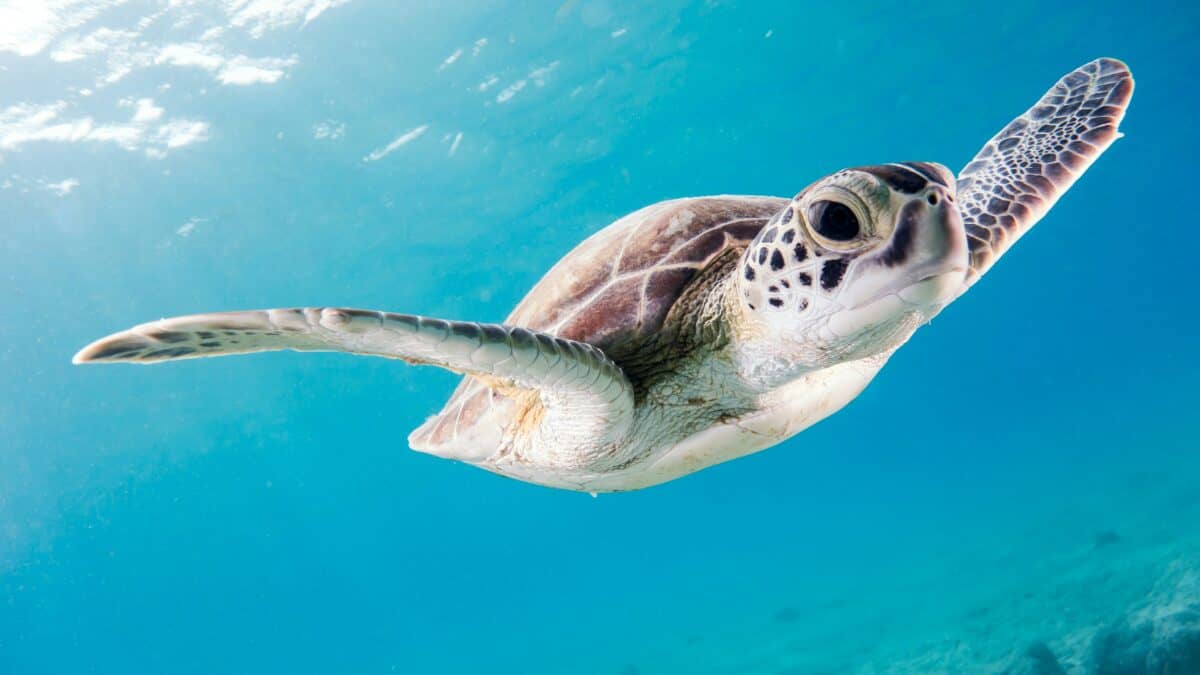
One of the most remarkable aspects of the Great Barrier Reef is its incredible biodiversity. Home to a vast array of plants and animals, this underwater paradise teems with life. Among the myriad species that call the reef home, some stand out as particularly iconic – the “Great 8”.
- Giant Clam: These massive filter feeders can weigh up to 441 pounds and form symbiotic relationships with algae, contributing to the reef’s ecosystem.
- Clownfish: Made famous by the movie “Finding Nemo,” these colorful fish inhabit the protective tentacles of anemones, forming mutualistic partnerships.
- Manta Ray: With their graceful movements and impressive size, manta rays are a sight to behold as they glide through the waters of the Great Barrier Reef.
- Turtles: From the endangered northern green turtles to the majestic loggerheads, turtles play a vital role in maintaining the balance of the reef ecosystem.
- Maori Wrasse: With their distinctive appearance and friendly demeanor, Maori wrasse are a beloved sight for divers exploring the reef’s depths.
- Groupers: These formidable predators, including the massive Queensland grouper, are among the largest bony fish found on the reef.
- Whale Sharks: Despite their imposing size, whale sharks are gentle giants that feed on plankton and pose no threat to humans.
- Whales: Every year, thousands of whales, including dwarf minke whales and humpbacks, migrate to the Great Barrier Reef, making it a prime location for whale watching.
See it For Yourself
Great Barrier Reef | Exploring Oceans, Source: Youtube, Uploaded: National Geographic
Wrapping Up
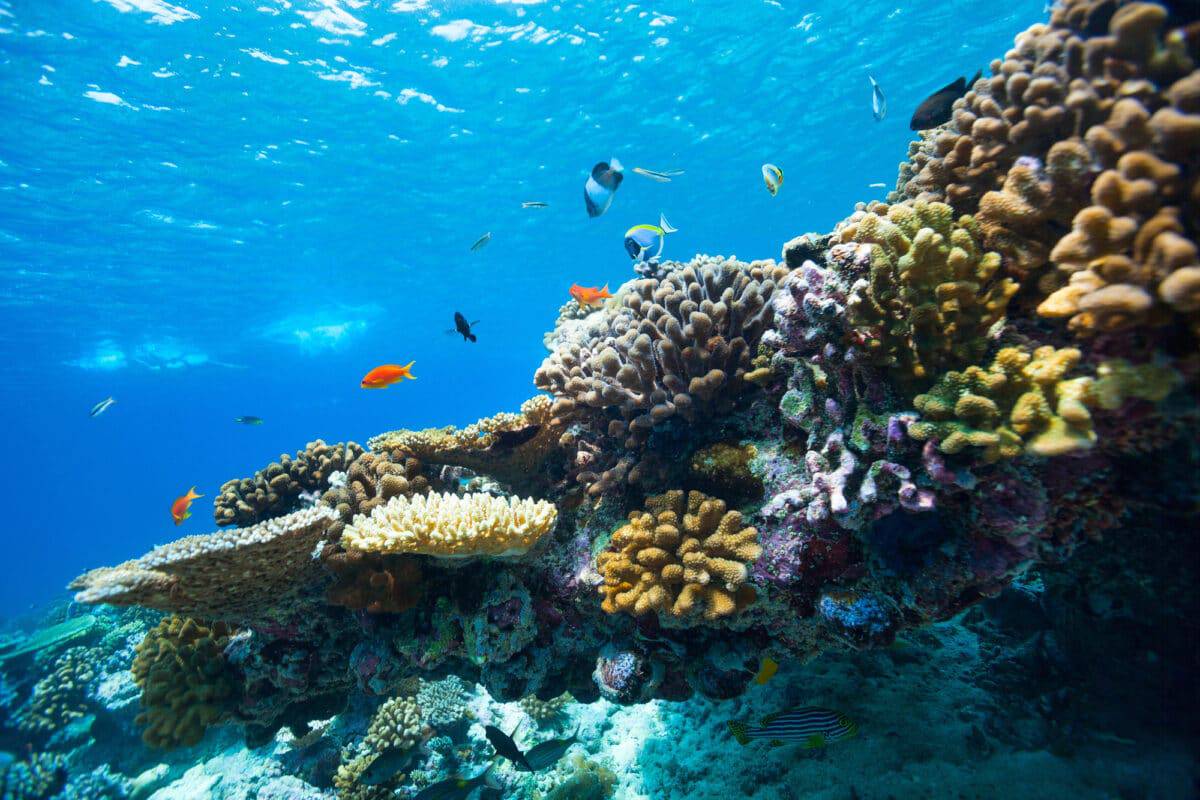
The Great Barrier Reef stands as a testament to the beauty and biodiversity of our planet’s oceans. From its vibrant corals to its diverse array of marine life, this underwater wonder never fails to inspire awe and wonder. However, as we marvel at its splendor, we must also recognize the importance of conservation efforts to protect this fragile ecosystem for future generations. So, whether you’re a seasoned diver or an armchair explorer, take a moment to appreciate the majesty of the Great Barrier Reef – the largest coral reef in the world, and a true natural treasure.
Thank you for following along with this article –
Next up in the animal kingdom:
Join our Forum for free today!

- Big Cats Love Mouthing Affection - July 22, 2024
- Kind Elephant Merciful To Lion Cubs - July 22, 2024
- Beachgoers Save Massive Shark Stranded In Florida - July 22, 2024

